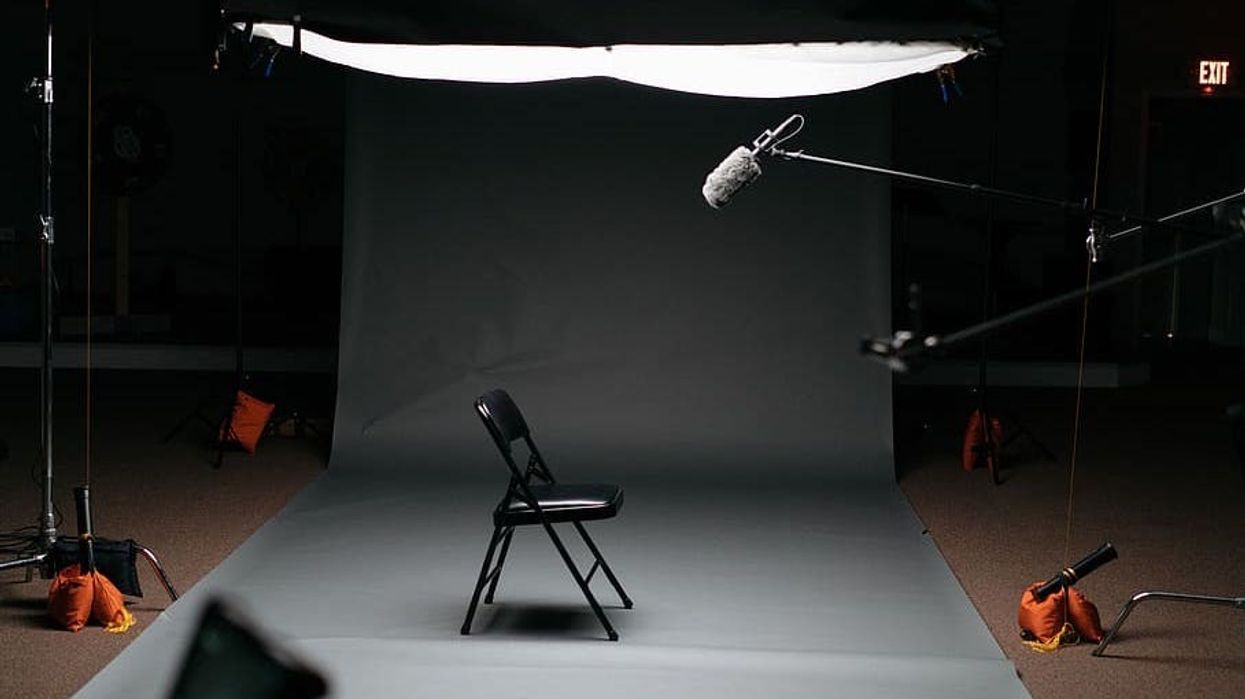600 MHz Wireless Audio Is Now Officially Banned
It's now illegal to operate wireless audio in the majority of the 600 MHz band.

In 2017, No Film School reported on the FCC's auction of the 600 MHz frequency band. The auction allowed telecom and cable companies to scoop up the coveted frequency range to expand its own networks. Doing so, shrunk the wireless spectrum for sound operators in the film and television industry in both the United States and Canada. The ten part transition phase has ended today, July 13, 2020. Now, any operator using wireless audio in the 600 MHz spectrum, except for you a few specific frequencies, could see a fine if caught.
The FCC auctioning off wireless bandwidth is nothing new. The independent U.S. government agency sold off the 700 MHz spectrum ten years ago, and with billions of dollars to be potentially made, it's likely the FCC will continue to auction off more of the wireless spectrum to companies willing to pay the price. The sale of the 600 MHz frequency band further limits the available frequency channels wireless audio can use to transmit sound. Both the 700 MHz and 600 MHz are sought after because wireless can propagate through walls more efficiently.
The two key dates during the transition period were October 13, 2018, which restricted companies from buying, renting, or selling equipment that functioned in the 600 MHz band, and the end of the transition period, which is today. However, there are exceptions depending if you are a Part 74 licensed user or unlicensed user. The available frequency channels fall in the guard band and duplex gap of the 600 MHz band.
Guard Band
- 614-616 MHz: 2 MHz (unlicensed operators)
- 616-617 MHz: 1 MHz buffer (unavailable for use)
Duplex Gap
- 652-653 MHz: 1 MHz buffer (unavailable for use)
- 653-657 MHz: 4 MHz (exclusive to licensed operators)
- 657-663 MHz: 6 MHz (unlicensed and White Space Devices (WSD)
When transmitting audio in those frequencies there are also other restrictions including a power limitation of 20mW for wireless and 40mW for White Space Devices (WSD).
While technically you can still use wireless audio in a limited capacity in 600 MHz frequency band, it doesn't guarantee clean channels. You could still run into radio interference issues where critical dialogue is trampled on by noise. Those small spaces have mainly been left open for ENG news teams reporting in the field.
Sound recordists should not use or buy 600 MHz frequency wireless audio, not only to avoid a fine, but because of the potential interference when operating a device. You can find out if you have a wireless device in the 600 MHz band by looking into the menu or contacting the manufacturer directly.
Many companies, including Audio-Technica, Lectrosonics, Shure, and Zaxcom, offered different trade-in programs during the transition period. It's unlikely they still honor those programs now, but it may not hurt to check. Please keep in mind, this only affects wireless audio in the United States and Canada. Other countries govern wireless audio differently.












